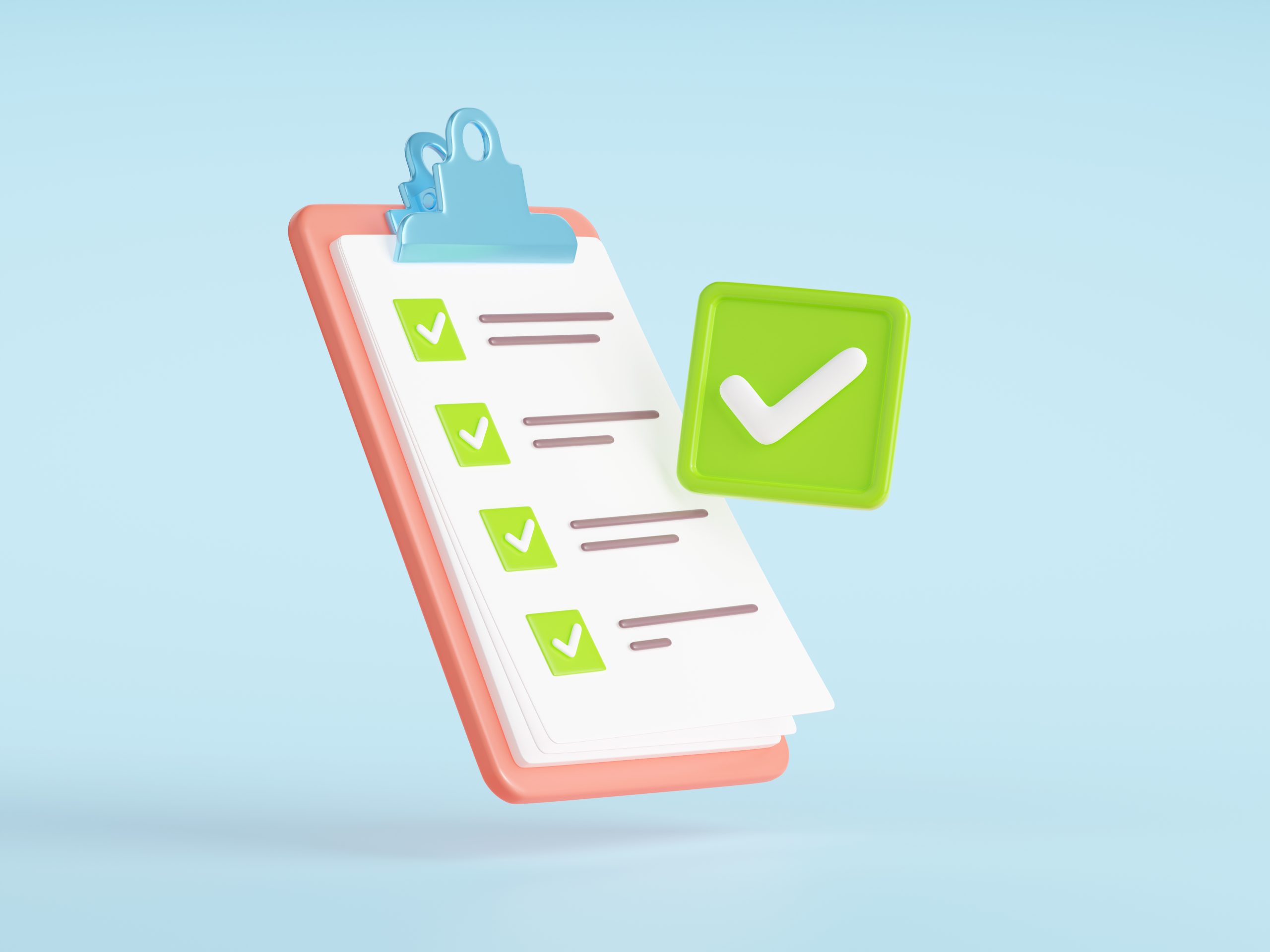
- Define your target audience: Identify who your ideal customers are, what their pain points are, and what motivates them to engage with your business. Use tools like buyer personas to develop a deep understanding of your target audience.
- Develop a website: Create a website that is user-friendly, visually appealing, and optimized for search engines. Make sure your website provides all of the necessary information about your business, products or services, and contact information.
- Optimize for SEO: Search engine optimization (SEO) is the practice of optimizing your website to rank higher in search engine results pages (SERPs). Conduct keyword research, create high-quality content, and optimize your website’s meta tags, header tags, and other on-page elements to improve your search engine rankings.
- Create valuable content: Develop a content marketing strategy that includes blog posts, social media updates, videos, and other types of content that are relevant to your target audience. Your content should provide value, be engaging, and align with your brand.
- Use social media: Social media platforms like Facebook, Twitter, Instagram, LinkedIn, and others can be powerful tools for reaching and engaging with your target audience. Choose the platforms that are most relevant to your business, create engaging content, and engage with your followers.
- Use email marketing: Email marketing is a highly effective way to reach and engage with your target audience. Build an email list, create engaging newsletters or promotional emails, and track your results to improve your campaigns over time.
- Use paid advertising: Paid advertising on platforms like Google, Facebook, and LinkedIn can be a powerful way to reach your target audience and drive conversions. Use targeting options to reach the right people, create compelling ads, and track your results to optimize your campaigns.
- Analyze your results: Use analytics tools like Google Analytics to track the performance of your website, social media, email, and advertising campaigns. Use this data to make data-driven decisions and refine your strategy over time.
Remember, digital marketing is a constantly evolving field, so stay up-to-date with the latest trends, techniques, and best practices to stay ahead of the competition.
